A confession: before Christine Sun Kim’s survey at the Whitney Museum of American Art, I had her work all wrong. In my head, her oeuvre could be neatly divided into two camps, with the early work being more formally innovative, the later stuff more politically important. Those early pieces emphasized Kim’s nuanced understanding of sound, owing to the careful auditory attention that her Deafness demands. After that, there were the drawings, which confronted ableism assertively—and humorously—often using text to communicate directly.
Her Whitney show offers a perfect mix of the two sensibilities. It was the drawings that made her famous, which was proof, in my mind, of the ways disabled people are continually burdened with explaining themselves. In black charcoal on white paper, Kim translated various ASL signs into graphics that emphasized the language’s complexity. Too Much Future (2017), a drawing that also appeared as a billboard outside the Whitney, diagrammed the sign for “future,” typically illustrated with a thin line charting a hand’s arced movements. By thickening the line until it filled most of the image, she evoked a grammar unfamiliar to most English speakers, one equipped to convey the sense of looming doom felt during Trump’s first term. Here, ASL is both medium and message.
After the ASL notations, she began making pie charts and degree diagrams explaining the barriers and joys of Deaf life with considerable sass: a slice of the Why My Hearing Partner Signs (2019) pie, for example, is labeled with a Spice Girls lyric: “if you wanna be my lover…”. At the Whitney opening, visitors next to me oohed and aahed in front of these pie charts, remarking that they’d never thought about the experiences described before. The drawings offer moments of recognition for those who can relate, too.
At first, I liked Kim’s sound-related pieces more as artworks. The Grid of Prefixed Acousmatics(2017) manages to cement complicated ideas from sound studies into ceramic sculptures, and Close Readings (2015) is a four-channel video captioned by Deaf friends, who notate scenes from famed films about the voice, like The Little Mermaid. Drawn from memory, lip reading, or context clues, the results range from hilarious to scathing.
Yet it was the drawings that had the biggest impact; the earliest here is from 2012. Shortly after her big billboards for the High Line and For Freedoms went up, and once her chart drawings debuted in the 2017 Whitney Biennial, more people than ever, it seemed, became alert to disabled experiences and access needs—even if the ooh and aah-type comments that followed this awareness still sometimes came off as patronizing. Proof that Kim herself deserves some credit for this major cultural tide shift can be seen in her 2020 invitation from the Super Bowl to sign the National Anthem. (The resulting affair was two steps forward, one step back: the camera chopped her contribution, making the song impossible to follow for Deaf viewers.) The shift is evident, too, for those who caught Lauren Ridloff in an early Kim performance shown here, Face Opera II (2013), and recognize that the Deaf actress has now infiltrated the mainstream, making appearances in acclaimed TV shows and movies ranging from The Walking Dead to Sound of Metal.
I wrongly thought that Kim’s drawings might be better as politics than art—which has always been fine for me. It seemed worth sacrificing rarified references in order to actually change the world.
But seeing her Whitney show, I realized how much it matters that the drawings are art, actually. The black and white graphics could have been made on a computer, printed on T-shirts, and wheatpasted in cities all over the globe, à la Gran Fury’s Silence=Death campaign. But instead, Kim’s drawings are handmade. The charcoal is smudged, some mistakes are crossed out, and the text is obviously handwritten. Her daughter even scribbled an occasional contribution.
Kim consistently borrows techniques from the twentieth century avant-garde: Fluxus-style scores, Happening-style performances. These works involved direct communication, even one-liners too; they just felt more poetic before the age of online content.
More than these traces of the human hand and references to art history, there is her poignant mode of address. Kim deftly implicates her audience without alienating them (more of that in the world, please). But above all, it matters that these drawings are art because she’s showing that Deafness engenders so much more than different ways to communicate. Deafness is a culture unto itself, hence the capital “D.”

As evidence, the gallery on the lobby level, my favorite section of this show, includes drawings diagramming ASL phrases, explaining that “sorry not sorry” is expressed as “sorry zero,” and that “very interesting” is signed “258”—reminders that grammar can be structured by traditions and even inside jokes. There’s also the kinetic sculpture ATTENTION (2022), a collaboration between Kim and her husband, Thomas Mader, which features a pair of inflatablearms that offer a burst of red in a show that’s almost entirely black-and-white. The limbs resemble those of the inflatable tube men seen outside car washes. They rub a large rock as they sign, the rock’s eroded surface resembling those butt prints left in monasteries where Buddhist monks meditated for thousands of years.
Another confession: Kim is my friend, and I usually don’t review friends’ shows. But I was growing tired of the ways disabled artists get written about so delicately, as if it’s amazing they’ve made anything museum-worthy at all. It feels like we might be on the cusp of being able to have conversations that go beyond the basic explaining of our lives. Kim’s Whitney survey is the first major museum show to allow an artist confronting disability to be as expansive as she is, and I didn’t want anyone to miss that. The stakes are too high.

The post “At the Whitney, Christine Sun Kim’s Advocacy Is Also Her Art” by Emily Watlington was published on 02/06/2025 by www.artnews.com



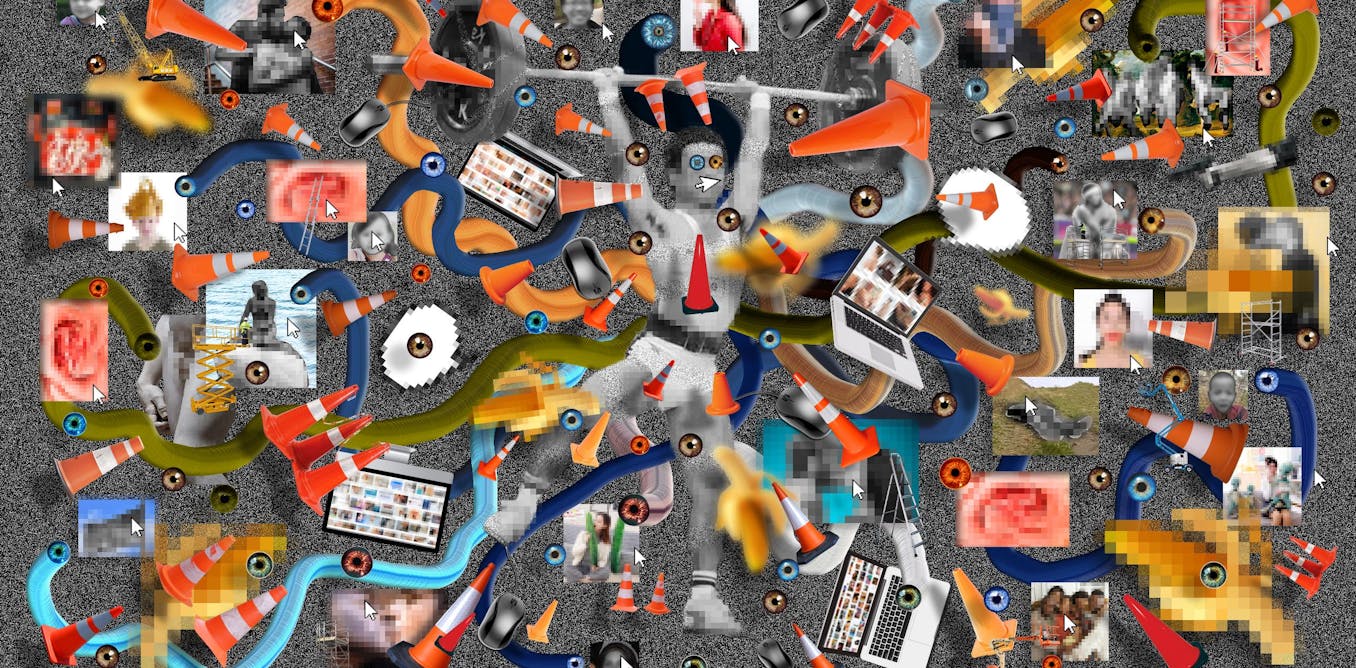


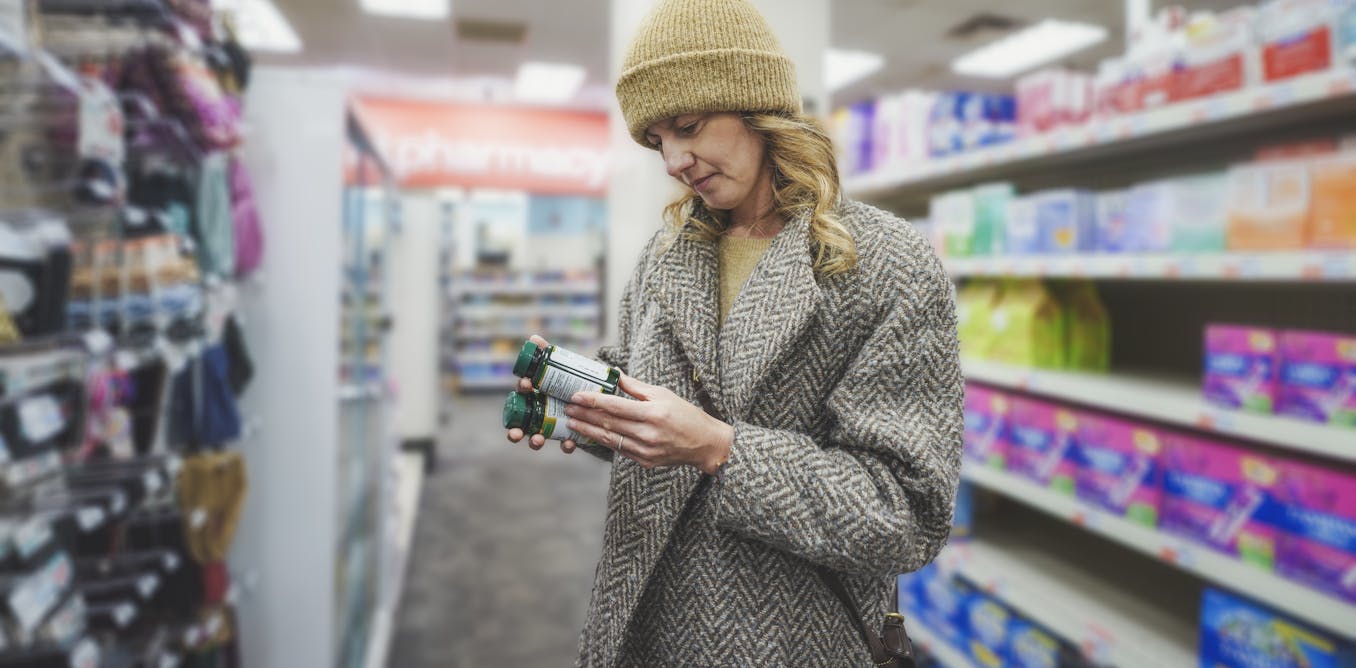
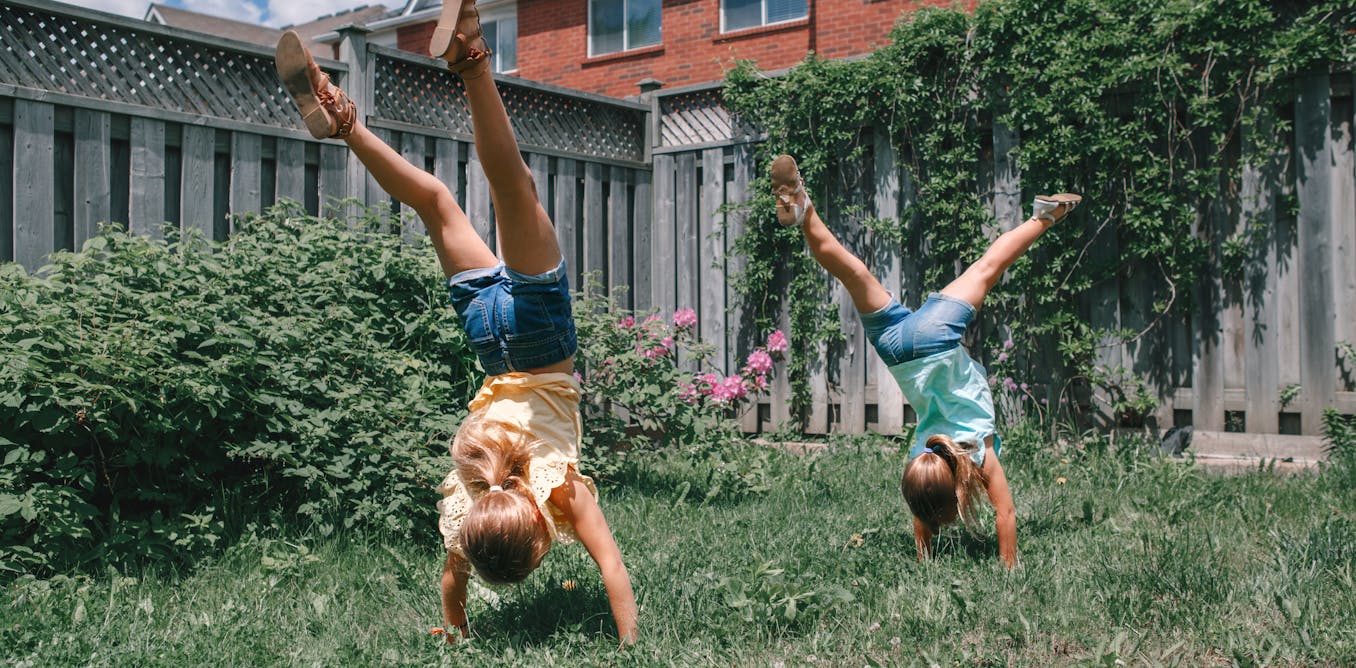
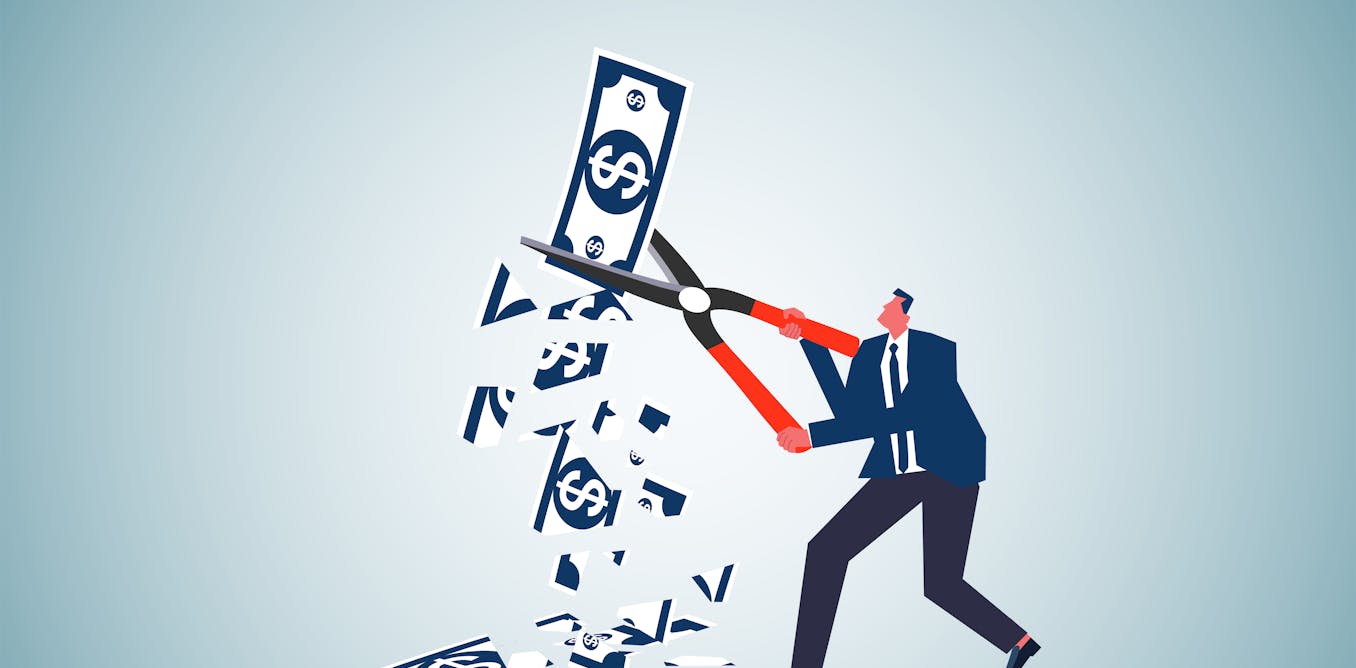


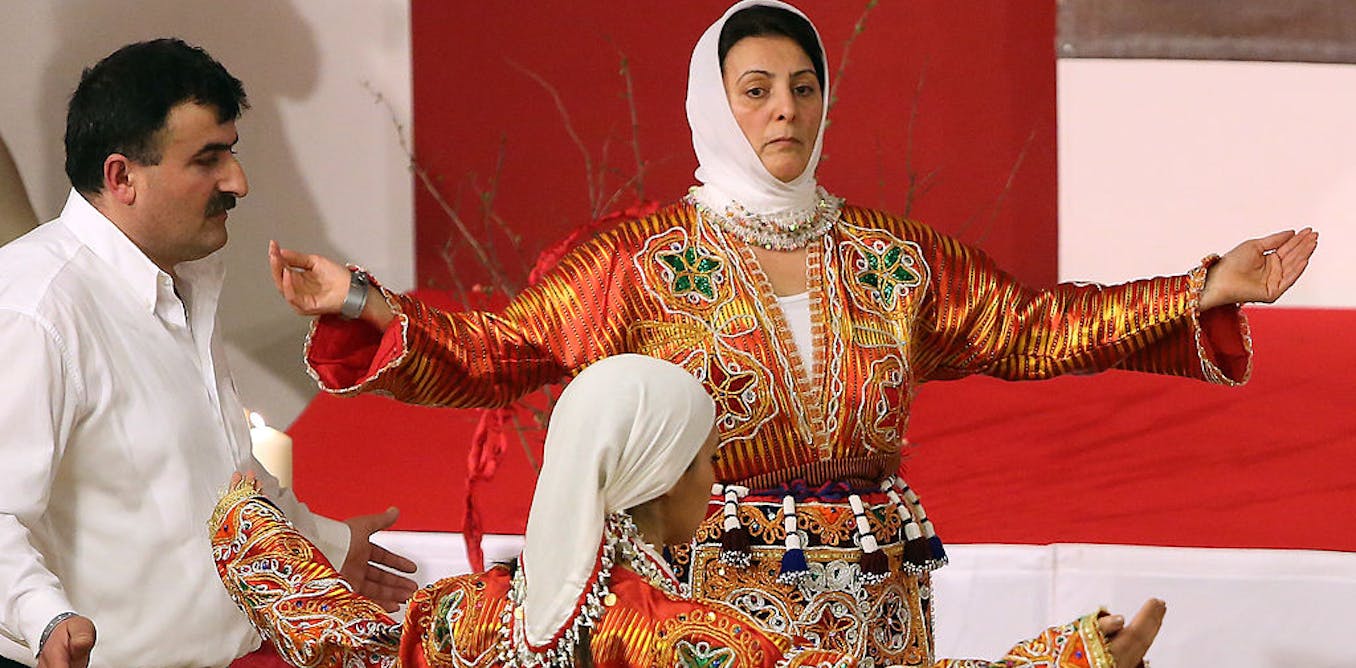

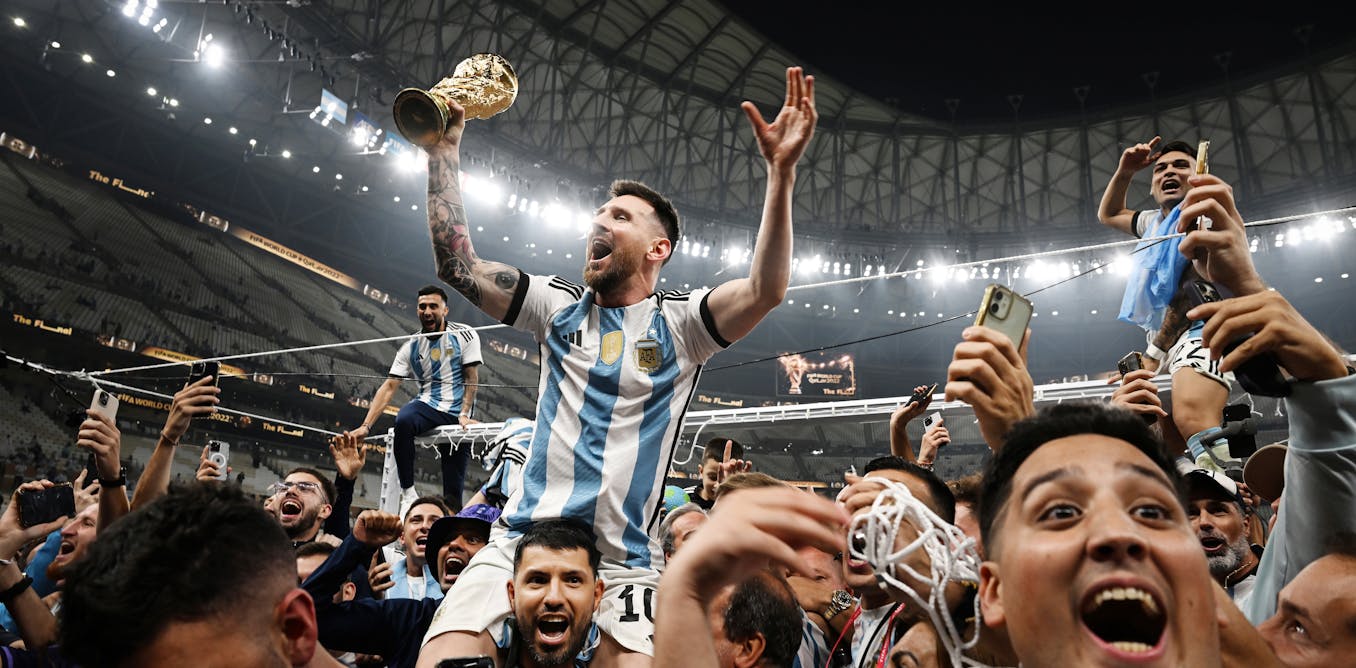






















Leave a Reply